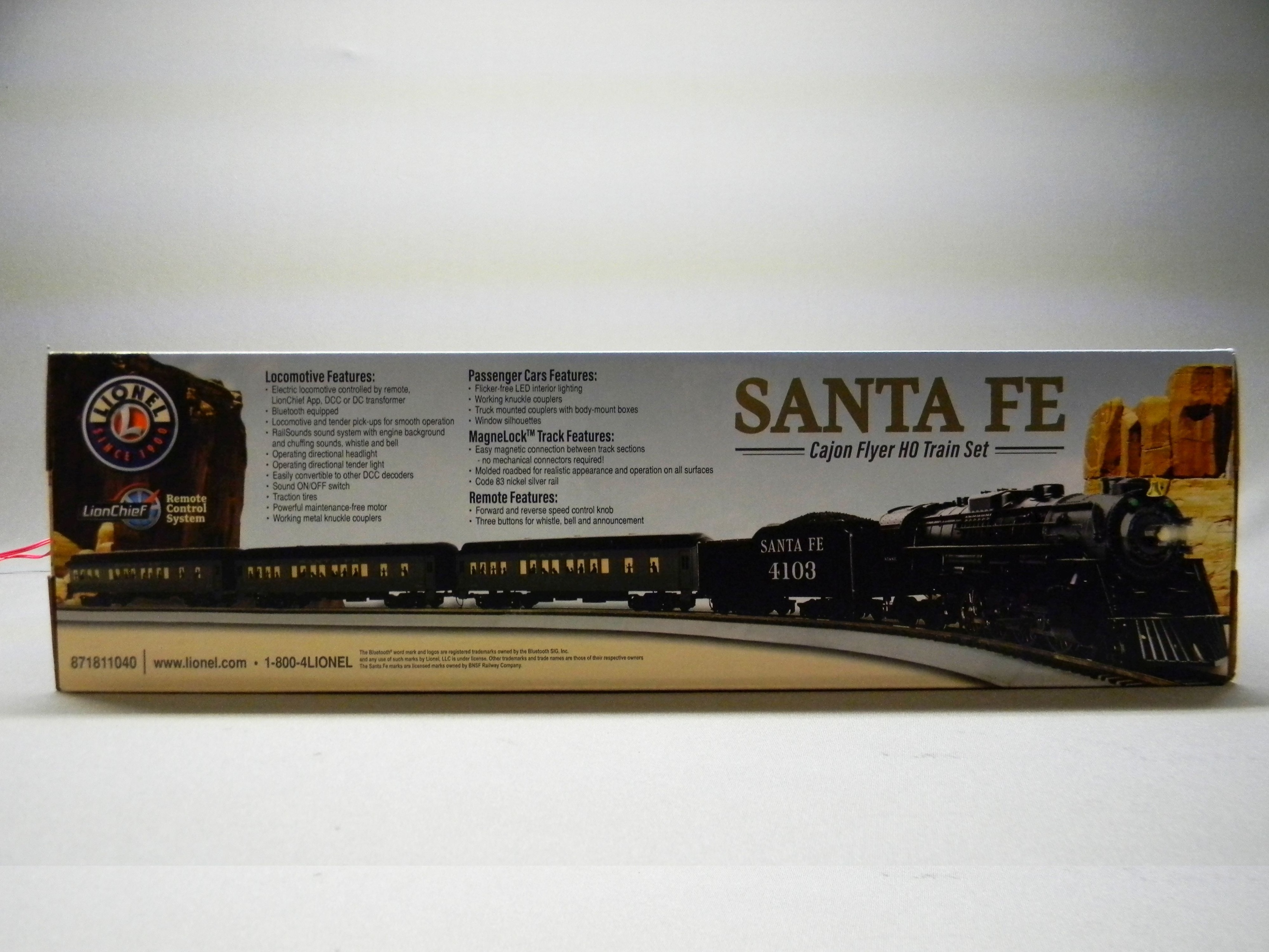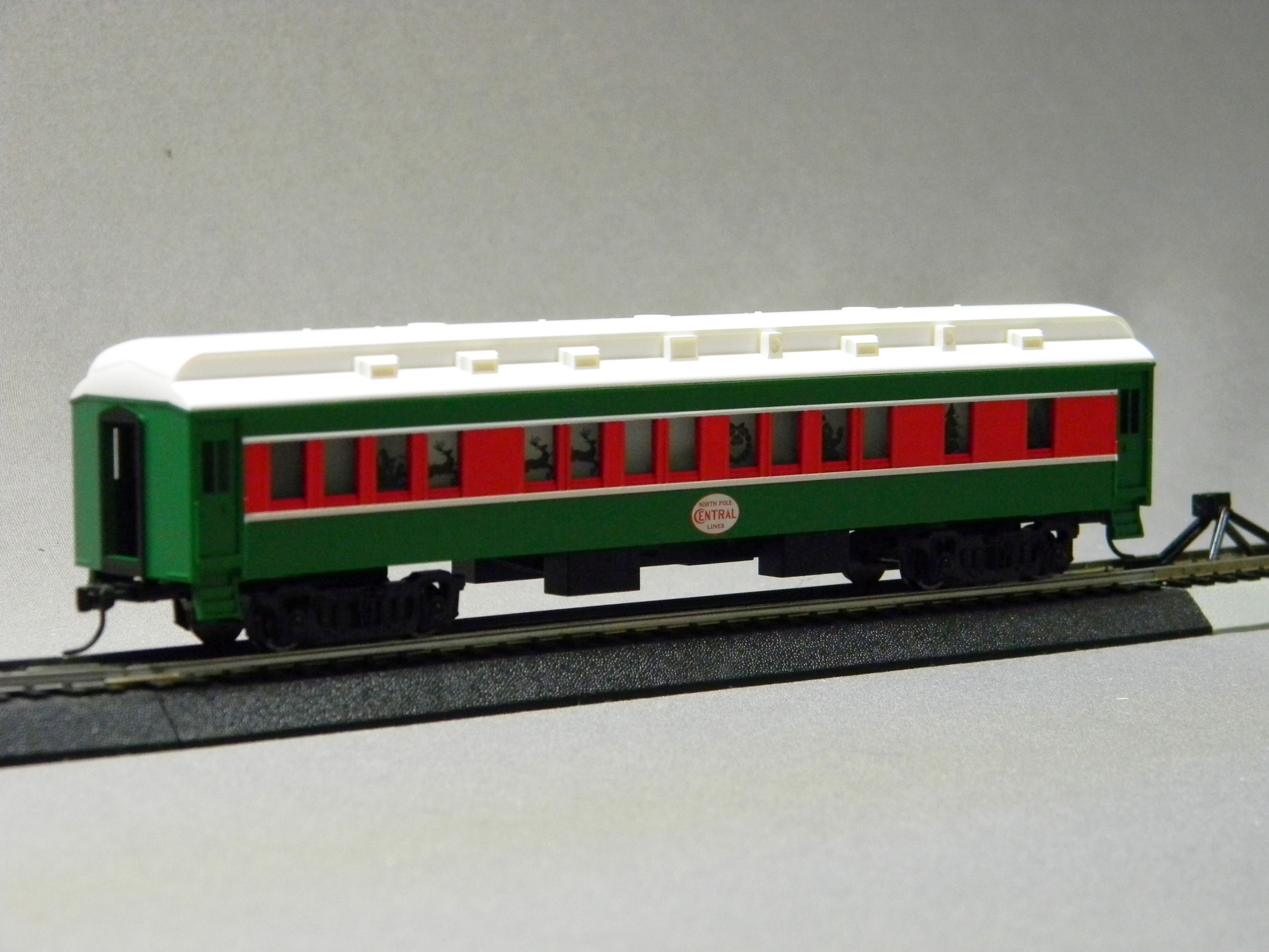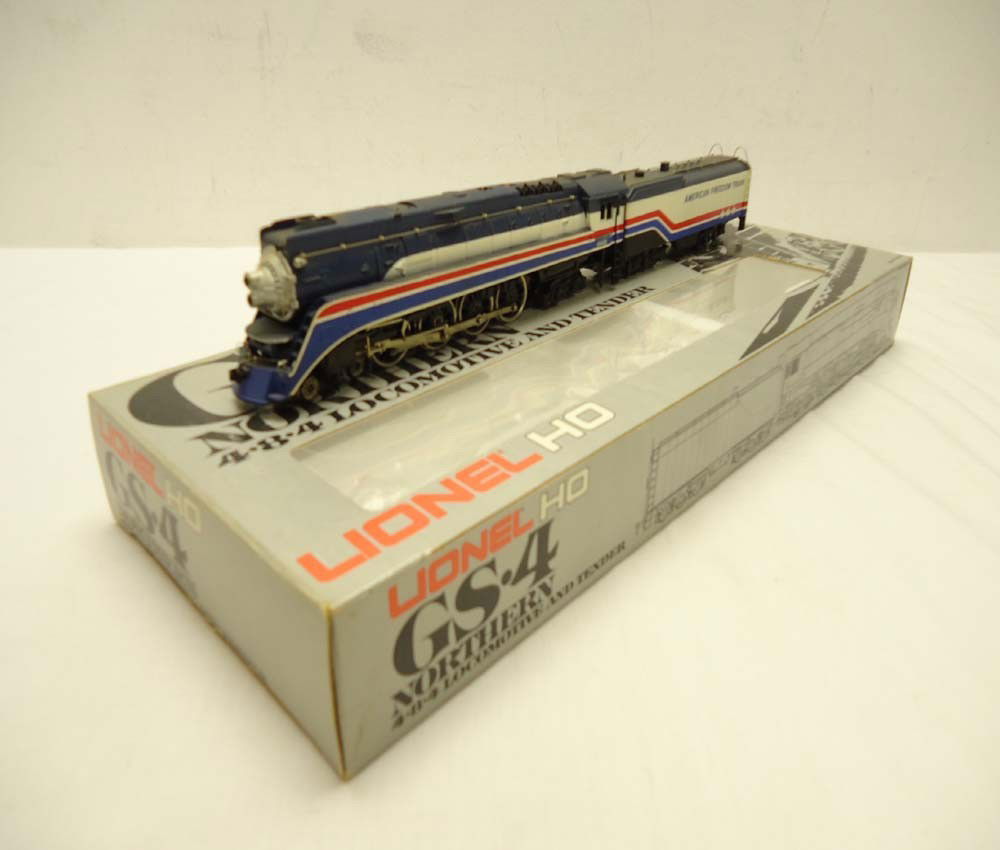

Lionel, an icon in the toy train industry, was elected to do so. It was natural that a model of the train be built. The Freedom Train was the leader of a very important segment of the patriotic celebration very possibly, in numbers all other aspects were outdistanced. She was decorated in a red, white, and blue motif. After 17 years of inactivity, she ran again under her own power. Nonetheless, with intense romance and determination on the part of devotees, the stalwart No.4449 was rejuvenated within four months in the Burlington Northern roundhouse. On display but unattended, the locomotive had developed ravages of age by the time it was discovered by the Bicentennial Committee. He labored to maintain and preserve her right up to the time of his death in 1972. It was the last GS-4 to succumb to diesel power.įortunately, a champion was on the scene a railroad enthusiast named Jack Holst. 4449 of the Southern Pacific Railroad made it’s last journey. The life span of the GS-4 was short due to concurrent development of diesels. It is indicated that three generations preceded it before Lima was satisfied. Streamlined features evoke surprise that it is a steam engine with a 4-8-4 wheel arrangement. It is little known that the same company created the GS-4 in the 1940s, one of the last and most revered steam powered locomotives. One serves as prototype for the Lionel Shays.

In recent times, the Lima Locomotive Works in Ohio has received deserved commendation for the manufacturing of Shay locomotives emblematic of the lumber industry.

Extensive search ended when an old No.4449 GS-4 of the Southern Pacific Railroad was found in Oak Park of Portland, Oregon. There was appeal for the train’s leader to be a special and historical steam engine. The intention was to give an opportunity for invaluable mementoes of the nation’s first two hundred years carried on board to be seen by an untold number of citizens who very likely might have no other means to do so. The train was to travel throughout the nation approaching almost all major metropolitan areas. Losses steamrolled and by 1967 Lionel ceased HO production all together.Ī review of the workings of the 1976-77 American Bicentennial Commission finds that it’s members desired to create an American Freedom Train. Thus, their acceptance suffered.Īt long last, Lionel spent money and time in developing its’ own shops in 1959. It seems that Lionel was lax in the quality control that had endeared them to O gauge hobbyists. In the beginning Rivarossi, and Athern beginning in 1958, labeled the cars with own names. Still, business being what it was, Lionel preferred not to invest in know-how and machinery in order to establish a new division.Īs an alternative, they contracted with Rivarossi in 1957 to manufacture HO trains of railroad names provided by Lionel. Track of only two rails was inviting.īelatedly, in the 1950s with declining sales, Lionel realized that they were partly due to growth of HO hobby. They fit in restricted spaces of the current domiciles. They were distracted from any realization of a rapid growth and proliferation of HO trains. History indicates that the first HO trains appeared during WWII when Lionel was prospering by means of their corner on the O gauge market. I pondered what circumstances had prodded Lionel to birth a HO locomotive in 1976-77, remembering Lionel’s dissatisfying experience with the gauge between 1957-1967. The hour return home granted time for thought. Turning the locomotive over, we were surprised to see “Lionel” on the bottom of the 1976 HO locomotive.
#LIONEL HO FUNDIMENSIONS PARTS TRIAL#
At his usual pace of one young at heart we headed to the trial track in the back. Charles was in the same jovial manner treasured since my initial visit years ago. Charles & Son Hobby Shop from whence it came.

Rather, after a telephone call, I set out for the A.B. In some ways age does make one wiser and I resisted a temptation to use a screwdriver. Reverence did not allow me to do anything more than a cursory, amateurish investigation. In early September of 2003, more than 25 years on a model train platform, the locomotive of my HO American Freedom Train remained lighted but immobile.


 0 kommentar(er)
0 kommentar(er)
